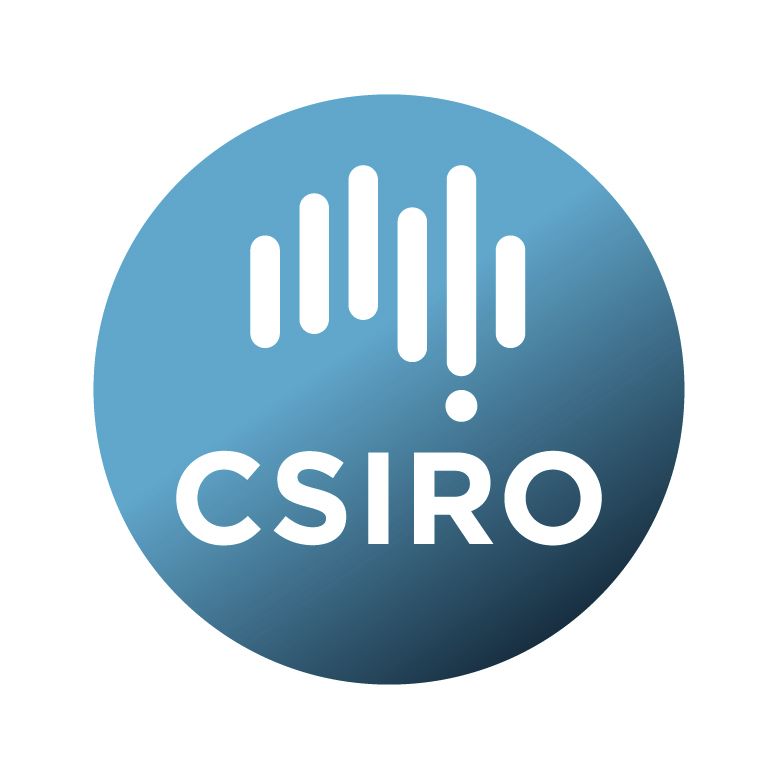Brief description
The dataset contains information of Acropora aspera coral fecundity in reef flat and reef slope habitats. All data originates from Heron Island corals in the southern Great Barrier Reef (Capricorn Bunker). \nIn November 2021, a total of 40x colonies of Acropora aspera were checked for presence of eggs, tagged, and sampled on the reef flat (<1m depth) and the reef slope (~5m depth) of Heron Island. For each site (x2 sites, distanced by >100m), the sampling was proceeded in the following way:\n-\t10x colonies were tagged on the reef flat and 10x colonies were tagged on the reef slope \n-\t1x fragment was collected from each tagged colony and preserved in 5% formalin and seawater (total of 40x fragments)\nThe fixed samples were then decalcified in 3-10% hydrochloric acid. For each decalcified sample, 30 polyps were randomly selected and inspected for presence/absence of eggs to estimate percentages of reproductive polyps within a branch. Among the polyps inspected for each sample, a minimum of 10 gravid polyps were dissected under the microscope to identify, count, and measure ovaries, spermaries, and eggs. Scaled pictures of each polyp were taken with a camera for measurements. For size measurements, the width and length of each element are recorded. Measurements were performed with ImageJ.\n\nAccess:\nMetadata is fully public. Data files will be made fully public once the research has been published.\nFor special requests, please directly contact the Data Custodian and CC the Project Leader.\n\n\nLineage: NA – the dataset is the raw dataset prior to cleaning. It contains all necessary information to conduct cleaning by the user.Available: 2023-08-29
Data time period: 2021-10-18 to 2023-12-15
Subjects
Biological Sciences |
Conservation and Biodiversity |
Environmental Sciences |
Ecology |
Environmental Management |
Marine and Estuarine Ecology (Incl. Marine Ichthyology) |
coral |
reef |
restoration |
User Contributed Tags
Login to tag this record with meaningful keywords to make it easier to discover
Identifiers
- Local : 102.100.100/489495


